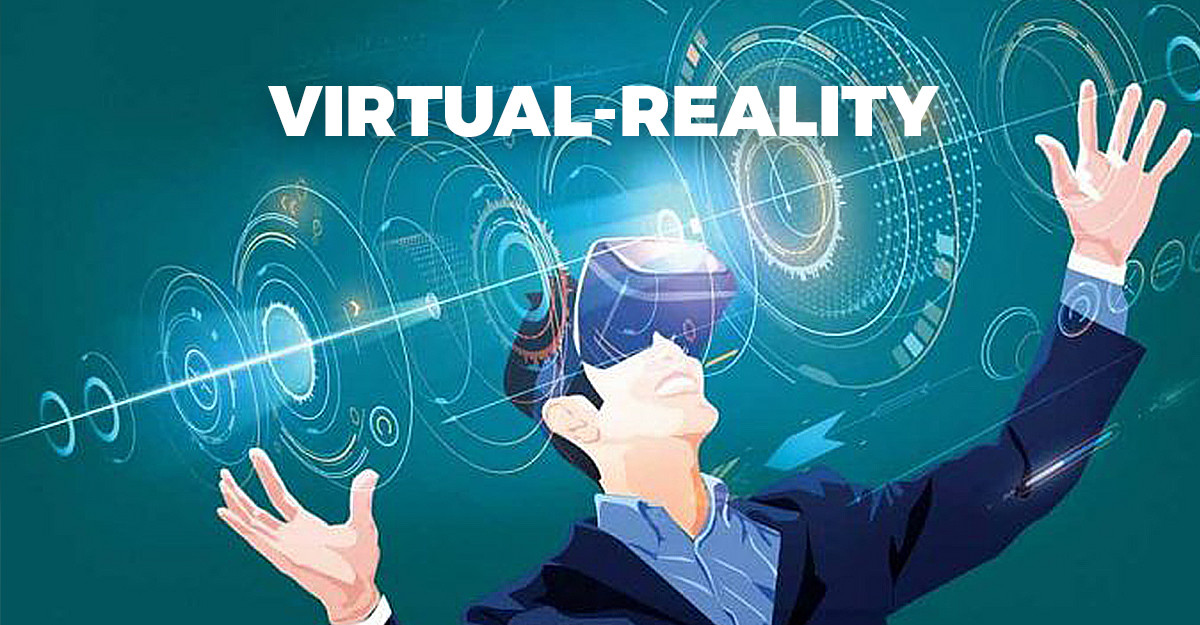A wide range of industries, including gaming, marketing, e-commerce, education, and many more, stand to benefit from the exciting possibilities of virtual reality (VR) and augmented reality (AR) in the future. Both of these technologies are well-known for the increased experience that they provide, which combines a virtual world with the actual world via the use of augmented, three-dimensional graphics. There are some fundamental distinctions between the two, despite the fact that it is somewhat simple to confuse them.
What Is AR?
Augmented reality is more effective than virtual reality (VR) as a tool for gaming and branding since it is accessible to almost everybody who has a smartphone. The dull, physical world is transformed into a colorful, visual one with the use of augmented reality (AR), which projects virtual graphics and characters through the camera or video viewer of a mobile device. Augmented reality is nothing more than an enhancement to the user's experience of the actual world.
What Is VR?
Virtual reality takes these elements to the next level by creating a completely computer-generated representation of an other universe. Using specific equipment such as computers, sensors, headsets, and gloves, these immersive simulations may generate practically any visual or physical environment for the participant.
What's the Difference Between the Two?
The distinctions between VR and AR come down to the devices they require and the experience itself:
- AR uses a real-world setting while VR is completely virtual
- AR users can control their presence in the real world; VR users are controlled by the system
- VR requires a headset device, but AR can be accessed with a smartphone
- AR enhances both the virtual and real world while VR only enhances a fictional reality
Jobs in the VR and AR Industry
There are many business and job prospects brought about by these new, developing technologies; the AR and VR industry is expected to reach $209.2 billion by 2022. Research, graphic design, hardware and software development, and other fields are all being revolutionized by VR and AR.
In-demand careers developing and improving VR and AR technology include:
- Software engineering and development
- Project management
- Software maintenance
- Graphic design
There will be no slowdown in the expansion of the virtual and augmented reality market as these technologies permeate every aspect of our lives. To assist students become industry leaders while pursuing their passions, Tulane School of Professional Advancement's digital design program bridges the gap between traditional design and cutting-edge technology. To begin, fill out the form below to get more details about SoPA.
A Brief History of AR & VR
Early 1980s military uses of VR and AR gained pace after crude virtual reality systems were developed in the 1950s and 1960s. Tron, The Matrix, and Minority Report depicted future technology.
The 1993 Sega VR add-on to the Sega Genesis game system was the first widespread VR headgear. Though never released, it piqued consumer interest in the technology. The first successful consumer VR headset was the Oculus Rift in 2010, however these devices are still pricey and mostly targeted at gaming enthusiasts.
Augmented reality split from virtual reality in 1990 and gained public notice in 1998 when TV broadcasters added a yellow line to the football field to indicate first down distance. Over the next decade, military and consumer AR apps were developed, and print magazines and packaged goods began embedding QR codes that could be scanned with a cell phone to make the product "come alive" with a short 3D video.
Google Glass, released in 2014, aimed to provide everyone a head-mounted display AR gadget. Due of the new reality of individuals filming video 24/7 in public, the voice- and touch-controlled AR headset was welcomed with skepticism and criticism.Privacy has become a buzzword in consumer AR. Google halted the project and released it for corporate customers years later.
